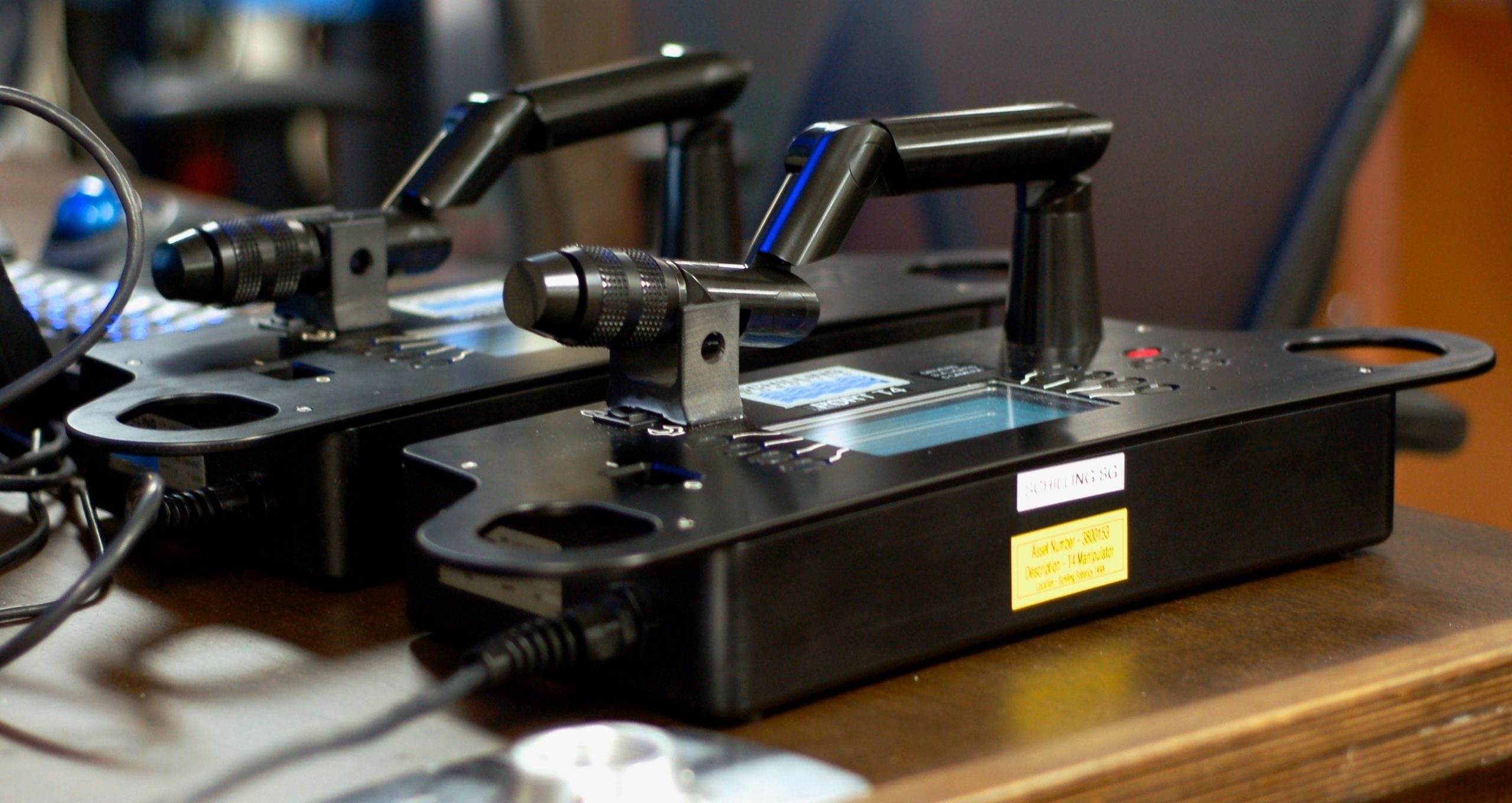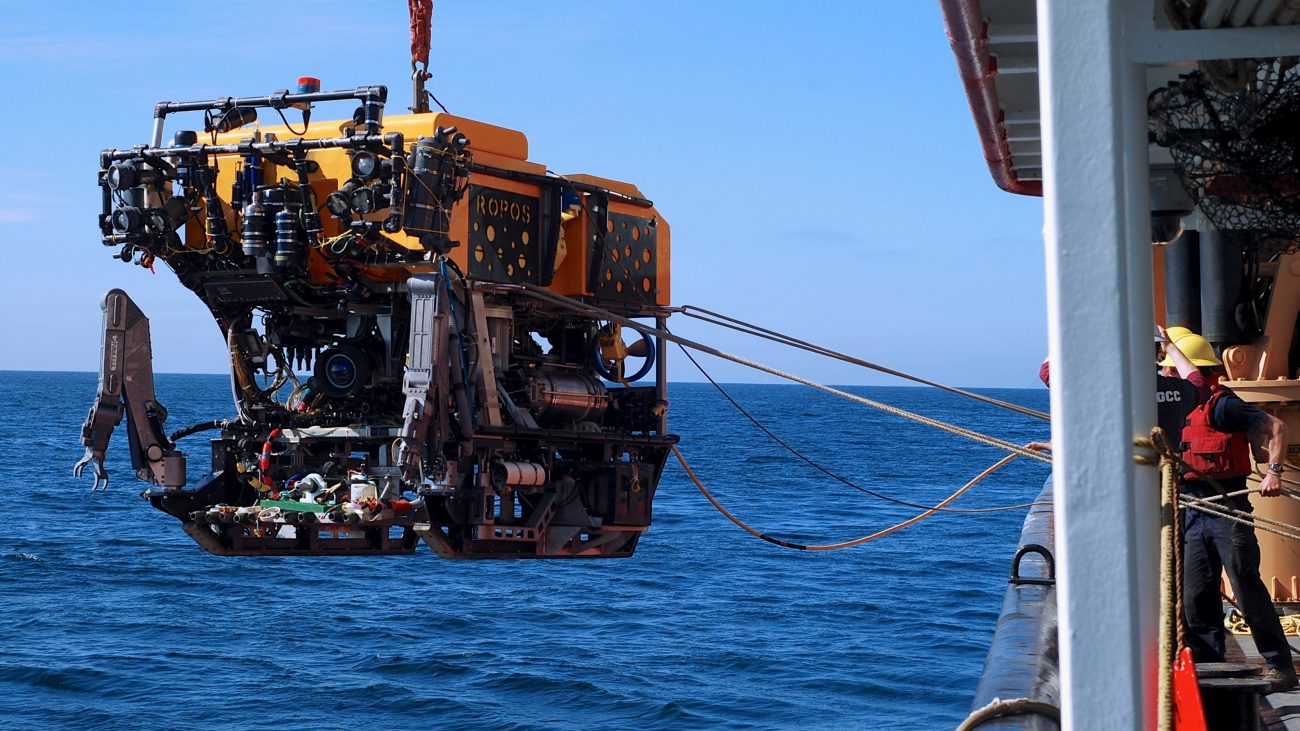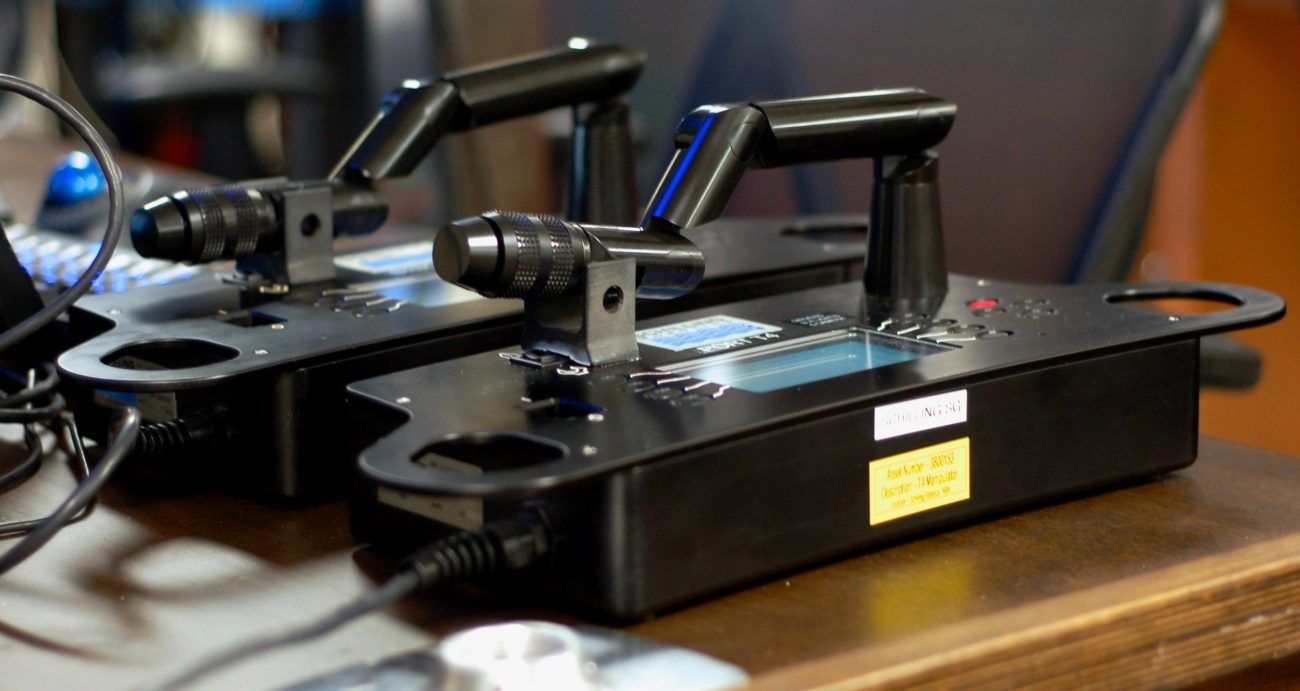
Deep Sea Research Without Experience
Evgueni Matveev
August 11, 2020
Here is how I got to deep-sea reasearch in my undergrad.

Too often we learn facts-on-facts-on-facts catching up on millennia of discovery in the span of – in my case – the night before the exam. The adrenaline of witnessing something fully unknown is rarely instilled in textbooks, lecture slides, or pop quizzes.
I was lucky in that I got a unique research experience during my undergrad, when I was fully unqualified. After taking a project-based course with Dr. Sally Leys, I started working in her lab as a research assistant. Sally’s lab is based at the University of Alberta (Edmonton, Canada) and predominantly studies sea sponges (Porifera), what these animals can teach us about the evolution of multicellularity, and their functional ecology.
As a research assistant, I participated in lab meetings and listened to the planning of a research cruise set to explore the sponge reefs off the coast of British Columbia (Canada). On a ship, surrounded by the open sea, studying the deep unknown? It sounded like the aspiring marine biologist’s dream, but I knew that room was restricted to graduate students and PIs. Nevertheless, I never failed to mention how desperately I wanted to come; always “joking”, but not really.
One week before the ship set sail, one of the graduate students sadly fell ill. To my own disbelief, I was invited as a last-minute replacement. I hopped from a plane to a zodiac, and on to the Canadian Coast Guard Ship The Vector. I was assigned a bunk and a 12-h shift, like everyone else.
The ship had a Remotely Operated Vehicle called ROPOS (ropos.com) on board. This is a roughly van sized robot decked out with over $2M in cameras, thrusters, instruments, and two WALL-E like arms which are linked to on-board mini-arm controllers. Using these hyper-precision arms, the crew can place our 1-cm diameter instruments into a 2-cm diameter sponge opening.

Watching the ROV launch felt like being on the site of a space shuttle lift-off. The deck is abuzz with the ROV crew performing necessary checks, our instruments are loaded on, and the launch is announced over the ship’s intercom. Like a kitten picked up by the scruff of its neck, a crane lowers the ROV gently from the stern deck into the water. The cameras stream live footage onto more than a dozen screens in the control room.
As the ROV descends, the water goes from teal to black. Squid, ctenophores, jellyfish, chaetognaths, and countless other animals float past on the way down. At 150 m below, the lights beam down on an expanse of sponges, far as the robot eyes can see, teeming with life. This deep, sponges have no algal symbionts, and are a ghostly pale complexion. Their rigid silica (aka “glass”) skeleton, allows them to tower high over the sea floor. It’s truly an alien sight.
The reefs off the coast of British Columbia and Alaska are the only extant sponge reefs so far known; it’s likely a globally unique ecosystem. Not only do they filter vast amounts of water, but the nooks and crannies of their exhalent openings provide a home to diverse species, like rockfish, squat lobsters, prawns, and octopus.
After this first accidental cruise I was invited to come on two more, each time accumulating more experience and responsibility. Six years later and I’m still analyzing the days-worth of flow and respiration data we collected. My advice to undergraduate level biologists would be to let people know what you want, and hope for the best.
